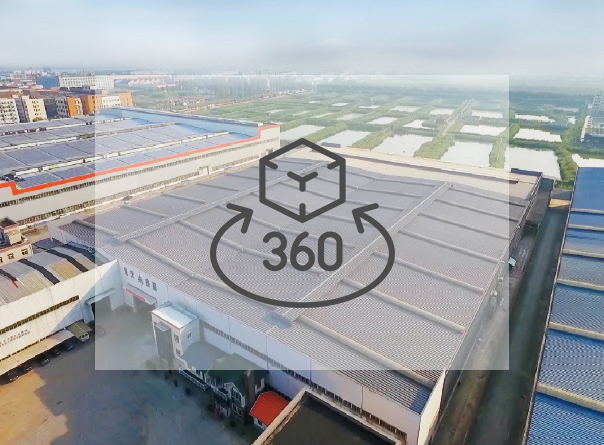Difference between prefabricated houses and reinforced concrete house
Prefabricated Houses:
Construction Methods: Prefabricated houses come in various forms, but generally involve two main construction methods:
Panelized Construction: Wall panels are prefabricated in a factory setting with integrated framing, insulation, and exterior finishes. These panels are then transported to the site and assembled.

Modular Construction: Entire sections of the house, including walls, floors, ceilings, and even plumbing and electrical rough-ins, are built in modules in a factory. These modules are then transported and stacked on-site to create the complete house.
Materials: Prefabricated houses often utilize lightweight steel frames for their structural support. Wall panels can be made from various materials like wood composites, fiber cement boards, or even insulated concrete panels (ICPs) for added strength and fire resistance. Insulation materials like fiberglass or spray foam are commonly used within the panels for thermal efficiency.
Advantages: Faster Construction: As mentioned previously, prefab houses boast significantly faster construction times compared to concrete houses. This is due to the factory prefabrication, which eliminates the need for on-site curing and reduces weather dependence.

Sustainability: Prefabricated construction can be more sustainable due to controlled factory environments that minimize material waste. Additionally, some prefab methods utilize recycled materials in their construction.
Energy Efficiency: Prefabricated houses are designed with tight building envelopes and high-performance insulation materials, leading to improved energy efficiency and lower utility costs.
Quality Control: Factory production allows for stricter quality control measures compared to on-site construction.
Disadvantages:

Design Limitations: While some customization is possible, prefab houses typically offer less design flexibility compared to custom-built concrete houses.
Financing Challenges: Obtaining financing for prefab houses can sometimes be more complex compared to traditional construction methods.
Site Restrictions: Prefabricated houses require a foundation suitable for their specific construction method, which may limit placement options on certain sites.
Reinforced Concrete Houses:
Construction Methods: Concrete houses are built on-site using poured concrete reinforced with steel rebar. The concrete is poured into forms that define the shape of the walls, floors, and other structural elements. Once the concrete cures, the forms are removed, and the finishing work begins.
Materials: The primary material for reinforced concrete houses is, as the name suggests, concrete. Concrete is a highly durable material that offers excellent fire resistance and structural integrity. However, it requires skilled labor and precise formwork for construction.

Advantages:
Design Flexibility: Concrete construction offers a near-unlimited degree of design freedom. Architects can create virtually any shape or layout desired for the house.
Durability: Concrete houses are incredibly strong and durable, lasting for generations with proper maintenance.
Fire Resistance: Concrete is a naturally fire-resistant material, providing superior fire safety compared to most prefab materials.
Soundproofing: Concrete walls offer excellent soundproofing qualities.

Disadvantages:
Construction Time: Concrete houses require significantly longer construction times compared to prefab houses due to the on-site pouring and curing processes.
Higher Cost: Concrete constructio n is generally more expensive than prefab construction due to the labor costs, materials, and longer build times.
Environmental Impact: Concrete production can have a higher environmental impact compared to some prefab materials due to the energy consumption involved.
Limited Weather Tolerance: Concrete construction can be impacted by extreme weather conditions, potentially delaying construction during very hot or cold periods.








 English
English Español
Español 中文简体
中文简体 Français
Français عربى
عربى










